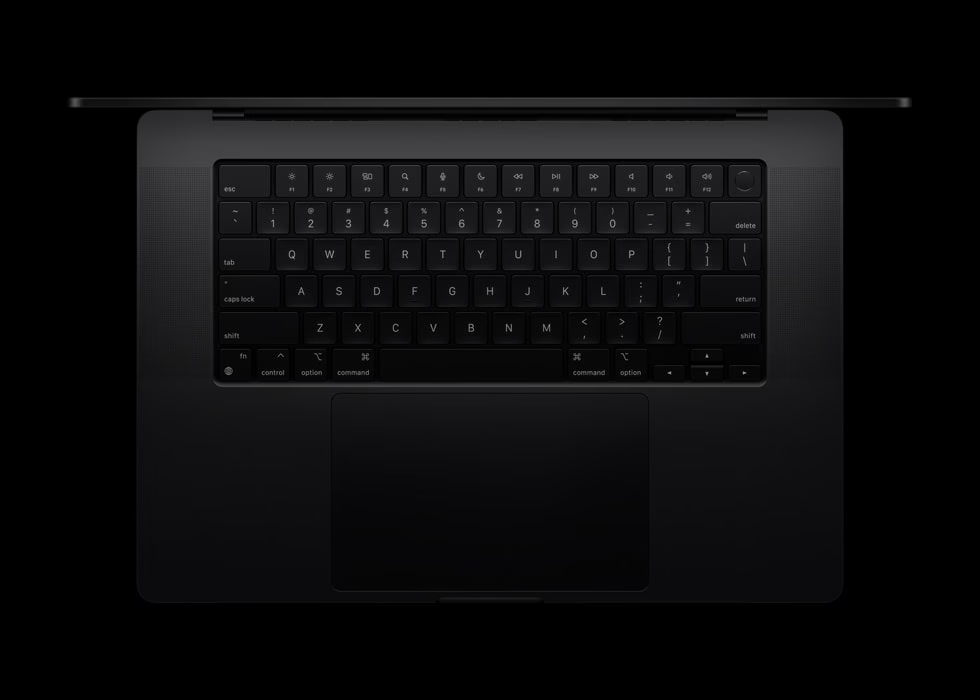Regulatory approvals suggest Apple's next-generation professional devices are on the horizon.

This development, first reported by 9to5Mac, points to the standard procedural step Apple takes before launching new products. The FCC's database often serves as an early, albeit cryptic, signal of upcoming device releases, as manufacturers must submit their new hardware for certification before it can be sold. While these filings typically don't reveal specific features or design changes, their appearance is a near-guaranteed precursor to an official announcement.
For those eagerly awaiting an upgrade to their portable Apple ecosystem, this news is certainly exciting. The MacBook Pro and iPad Pro lines represent Apple's premium offerings, and a refresh typically brings significant performance boosts, design refinements, and potentially new technological advancements. The timing, suggesting a launch within weeks, aligns with Apple's historical product release cycles, particularly for its professional-grade devices.
It's important to remember that FCC filings are primarily concerned with wireless communication capabilities and electromagnetic interference. Therefore, the documents themselves won't detail screen resolutions, processor architectures, or camera upgrades. However, the very act of a new device appearing in the FCC database signifies that the product has passed its necessary regulatory hurdles and is ready for market. This means that the development and testing phases are largely complete, and Apple is likely in the final stages of preparing for a public unveiling.
The image accompanying the initial report, depicting a conceptual "M5 Pro chip" with separated CPU and GPU components for server-grade applications, hints at the kind of architectural leaps Apple is exploring. While this specific chip design might be for a different product segment, it illustrates the company's commitment to pushing the boundaries of performance and efficiency. For the MacBook Pro and iPad Pro, this could translate to even faster processing speeds, enhanced graphics capabilities for demanding creative workflows, and improved power efficiency for longer battery life.
Beyond the silicon, industry watchers are also anticipating potential refinements in display technology, perhaps further advancements in ProMotion or Mini-LED backlighting for even better contrast and brightness. The design language of both product lines has remained relatively consistent in recent years, so there's always a possibility for subtle or even significant aesthetic updates.
The iPad Pro, in particular, has been steadily evolving from a tablet into a powerful computing device, often blurring the lines with traditional laptops. A refresh could see further integration with macOS-like features or enhanced multitasking capabilities, solidifying its position as a true laptop alternative for many users. Similarly, the MacBook Pro continues to be the workhorse for professionals across various industries, from software development to video editing and graphic design. Any update to this line is always met with keen interest from its dedicated user base.
The FCC's role in this process, while technical, is crucial. It ensures that these powerful new devices comply with safety and performance standards related to wireless emissions. Their inclusion in the FCC database is a bureaucratic step, but one that carries significant weight for consumers anticipating the next generation of Apple's professional hardware.
With FCC approval seemingly in hand, the ball is now firmly in Apple's court. The company is known for its carefully orchestrated product launches, and an official announcement typically follows such regulatory confirmations within a few weeks. Consumers should keep a close eye on Apple's official newsroom and any potential fall or winter events, as these are prime candidates for the unveiling of the new MacBook Pro and iPad Pro models. The wait, it seems, is almost over.